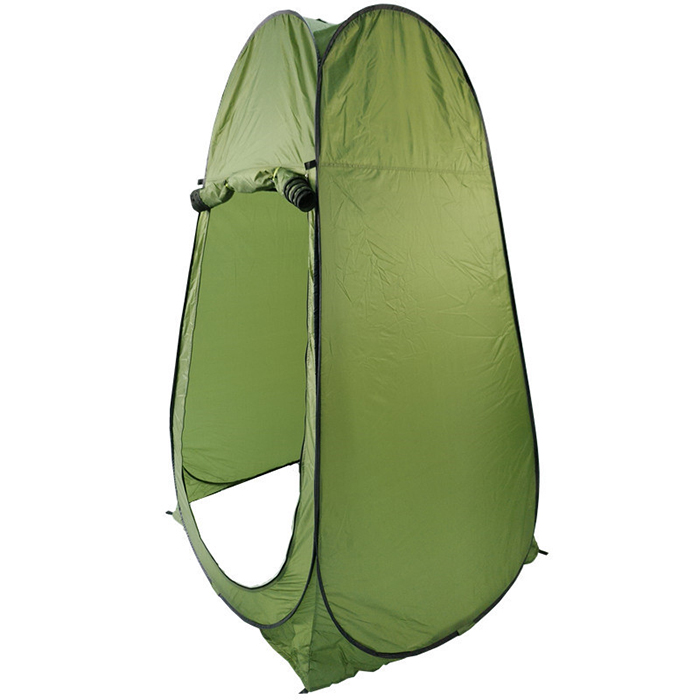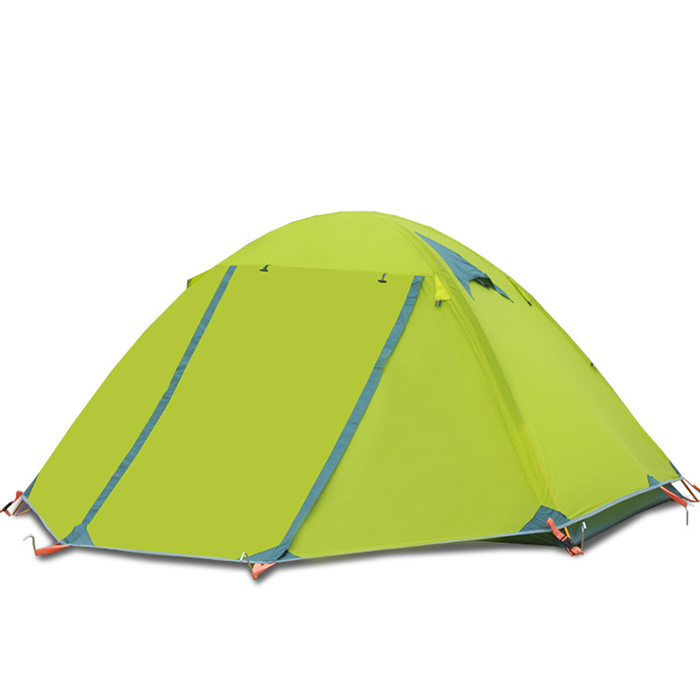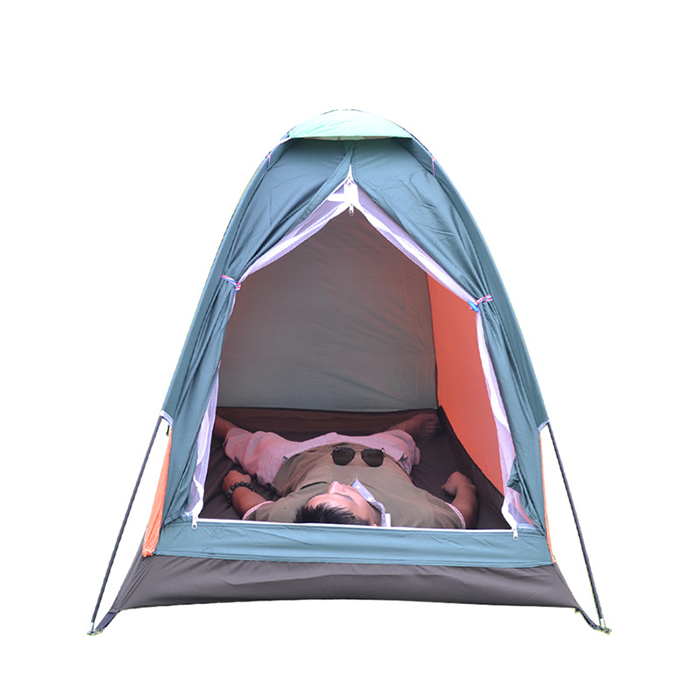There are generally two types of weather problems when going out: rain and wind. Slightly better tents are fine for rain, but it’s another matter for dealing with wind. How can we achieve wind resistance in a tent when it comes to wind?
How to achieve the wind resistance of the tent is first of all whether its design shape conforms to aerodynamics. Generally, the shape of a tent is divided into a dome type and an aisle type. In comparison, the dome type tent is tall and spacious, and the aisle type tent is relatively short and narrow.
Although it is short and narrow, it means that the person is uncomfortable to live in, but it is blowing strong winds. It has a small wind-receiving area, and has a canopy design that extends outwards and ends, especially when it is parallel to the wind direction. . Another key to ensuring the windproofness of the tent is the overall strength of the tent. The material of the pole is usually glass fiber and aluminum alloy. It is needless to say that the strength of the aluminum alloy pole is higher, and the more the number of poles, the higher the overall strength of the tent. In addition, the tent’s stakes and drawstrings must fully play their role, which can greatly strengthen the wind resistance of the tent.

Setting up a tent in the wind is a very painful task. Try to use natural barriers as much as possible, such as the shelter of the mountain and the back of the boulder. In icy and snowy areas, you can also consider digging a snow pit first, then setting up the tent in the snow pit, and then using the excavated snow to build a windy snow wall on the wind surface of the tent. During the construction process, avoid flying tents to be blown away, and use heavy stones or backpacks to hold it down. If unfortunately a single person sets up a tent in the wind, it is definitely a test.

Don’t worry too much when setting up the tent, it is very likely that the tent pole will be broken; especially in cold weather, the glass fiber reinforced plastic is very brittle, it is best to carry a metal tube of about 20 cm for backup. In order to prevent the bottom of the tent from being damaged, clean the branches and grass roots on the ground before setting up.

When pulling the fixing rope, in order to prevent others from accidentally falling down, you can attach a red cloth strip to remind others to pay attention. Make a habit of nailing the ground even when there is no wind, otherwise the empty tent will be easily blown away by the wind. When the wind is very strong, if you want to leave an empty tent, it is best to lay down the tent and press heavy objects on it to prevent the tent from being damaged by the wind. If morning time permits, it is best to dry the tent after the sun comes out. The weight of a dry tent and a wet tent will be much different.
